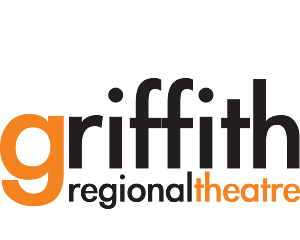Blue Green Algae
Blue Green Algae growth is a potential problem in the region’s water bodies due to the slow-moving nature of rivers, channels, dams and lakes and the effects of the ongoing drought. Algal blooms cause problems in several ways – they are unsightly, with an offensive smell; they affect aquatic life; the algae blocks water pumps and other equipment; and they produce chemicals which can irritate the skin. Algal blooms also taint the water, giving it a musty or earthy taste which is very difficult to remove and can make the water undrinkable. Most importantly, some species produce toxins that may be poisonous to animals and humans if they are consumed, inhaled, or even if they touch the skin.
Blue green algal toxins can be colourless, odourless, and can remain present in the water for weeks after the bloom has disappeared. As the toxins cannot be removed by boiling water or other treatments it is often necessary to find an alternative source of water, not just for human consumption, but also for livestock and crops.
Species of blue-green algae may bloom and increase excessively in water when:
- Nutrient levels, particularly phosphorus and nitrogen, are sufficient to support growth
- Water is still or there is little turbulence
- Weather patterns are stable for a long time
- Weather is warm (although blooms can occur in cooler weather too).
- Light conditions are suitable
The longer the period of calm weather conditions, the greater the "bloom-forming potential". Such potential exists mostly in slow flowing rivers or in lakes, dams, weirs and reservoirs.
Historical Blue Green Algae Status
The historical records of blue-green algae monitoring of the North Lake Wyangan show increase in the frequency of having Red Alert status in recent years.
At Lake Wyangan, a red alert level is mostly triggered when the total biovolume exceeds 10 mm3/L where toxin producing cyanobacteria are not dominant (<75%) At the red alert level, a water body should not be used for primary recreation. The water quality of Lake Wyangan is continuously monitored on a weekly and biweekly basis, depending on the alert status.
Further reading: https://www.waternsw.com.au/water-quality/algae
A tool for future monitoring of Blue Green Algae - Normalized difference chlorophyll (NDCI) index
The index requires information from a specific part of the infrared spectrum, known as the 'red edge‘, which is captured as part of Sentinel-2 spectral bands (Mishra et al., 2012). This technology will allow us better to understand our lake in relation to algal bloom and ultimately contribute to informed decision-making.
Blue = Very low concentration of chlorophyll-a - algae counts
Red = Very High concentration of chlorophyll-a - Algal Bloom


References
Mishra, S., & Mishra, D. R. (2012). Normalized difference chlorophyll index: A novel model for remote estimation of chlorophyll-a concentration in turbid productive waters. Remote Sensing of Environment






